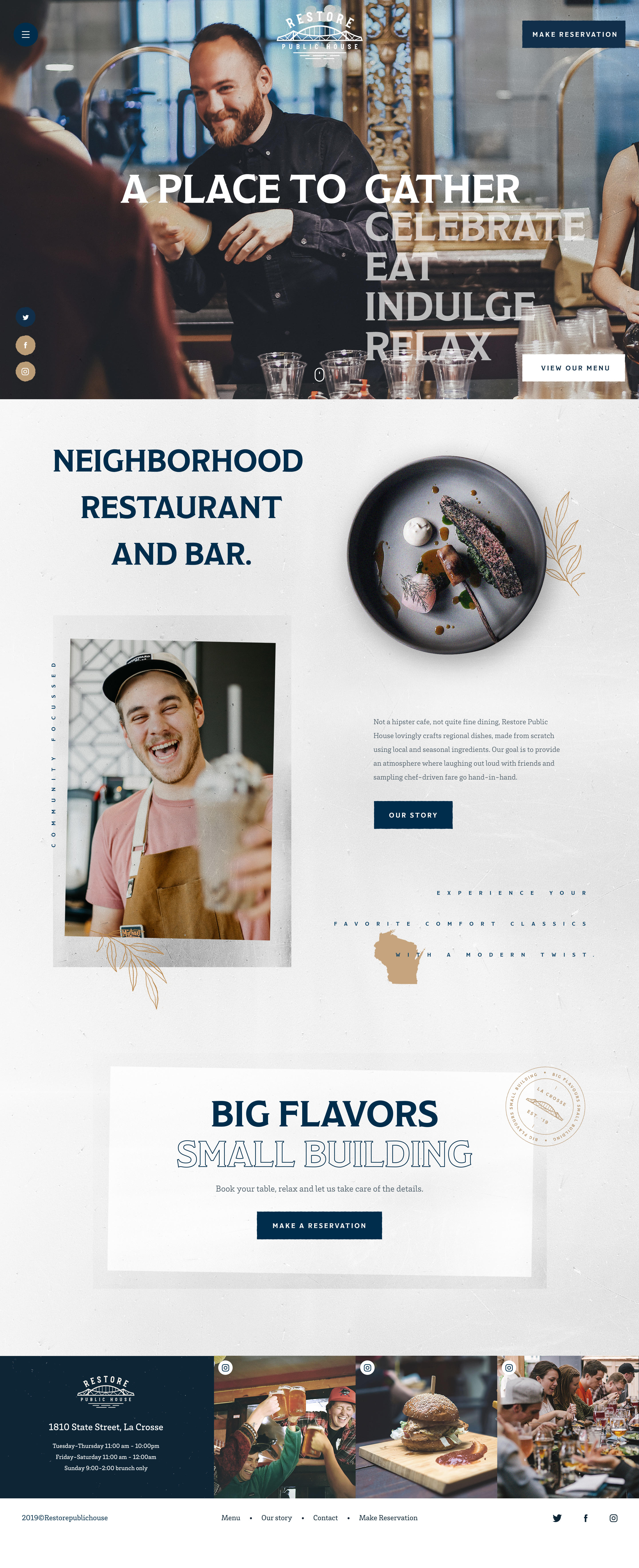Establishing a successful brand goes beyond just delivering a quality product or service. A brand is a holistic representation of a company's identity, values, and personality. To stand out in the market and build lasting connections with consumers, a thoughtful and comprehensive approach to branding is essential. In this blog post, we'll delve into the key components needed for a successful brand, including branding strategy, logo design, graphic design, packaging, web design, and more.
Branding Strategy
At the core of every successful brand is a well-defined branding strategy. This involves understanding the target audience, market positioning, and the unique value proposition (a concise statement of the benefits that a company is delivering to customers) that sets the brand apart from competitors. A solid branding strategy serves as a foundation upon which all other brand elements are built.
Logo Design
The logo is often the first visual element consumers associate with a brand. It should be memorable, timeless, and reflective of the brand's identity. Professional logo design involves careful consideration of color psychology, typography, and visual elements that convey the essence of the brand. A well-designed logo establishes a visual anchor that can be recognized across various platforms. Below is the logo/branding we did for a vitamin and supplement company called BioActive Nutrients.

Graphic Design
Consistent and visually appealing graphic design is crucial for maintaining brand coherence. From marketing materials to social media posts, a cohesive graphic design style reinforces brand recognition. This includes the use of a consistent color palette, typography, and visual elements that align with the overall brand identity.
Packaging
For products, packaging is a tangible representation of the brand. It should not only protect the product but also communicate the brand's personality and values. Effective packaging design creates a memorable unboxing experience, leaving a lasting impression on consumers. Sustainability and eco-friendly packaging are increasingly important factors that contribute to a positive brand image. Below is packaging and bottle design we did for a vitamin and supplement company called BioActive Nutrients.

Web Design
In the digital age, a user-friendly and visually appealing website is a non-negotiable component of a successful brand. The website is often the first point of contact between a brand and its audience. Responsive design, intuitive navigation, and engaging content are essential for creating a positive online experience that reinforces the brand's identity. Below is a custom restaurant website we designed for a farm-to-table establishment called Restore Public House.

Content Strategy
Compelling and consistent messaging is key to building a strong brand identity. A well-defined content strategy involves creating content that resonates with the target audience, communicates the brand's values, and establishes the brand as an authority in its industry. From blog posts and social media updates to email campaigns, every piece of content should align with the brand's narrative.
Customer Experience
A successful brand is built on positive customer experiences. From the first interaction to post-purchase support, every touchpoint should reflect the brand's commitment to customer satisfaction. Personalization, responsiveness, and transparency contribute to a positive brand image and foster customer loyalty.
Brand Monitoring and Adaptation
Building a successful brand is an ongoing process that requires monitoring and adaptation. Regularly assess market trends, consumer feedback, and the effectiveness of brand elements. Stay agile and be willing to adapt the brand strategy, design elements, and messaging to remain relevant in a dynamic market.
In Summary
A successful brand is a carefully crafted ecosystem of interconnected elements that define who you are and it's what connects you to your customers on an emotional level. From the overarching branding strategy to the smallest design details, each component plays a crucial role in shaping the brand's identity. By investing time and resources into these key pieces, businesses can create a lasting and meaningful connection with their audience, standing out in a crowded market and fostering brand loyalty.






